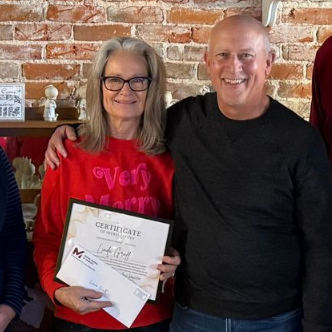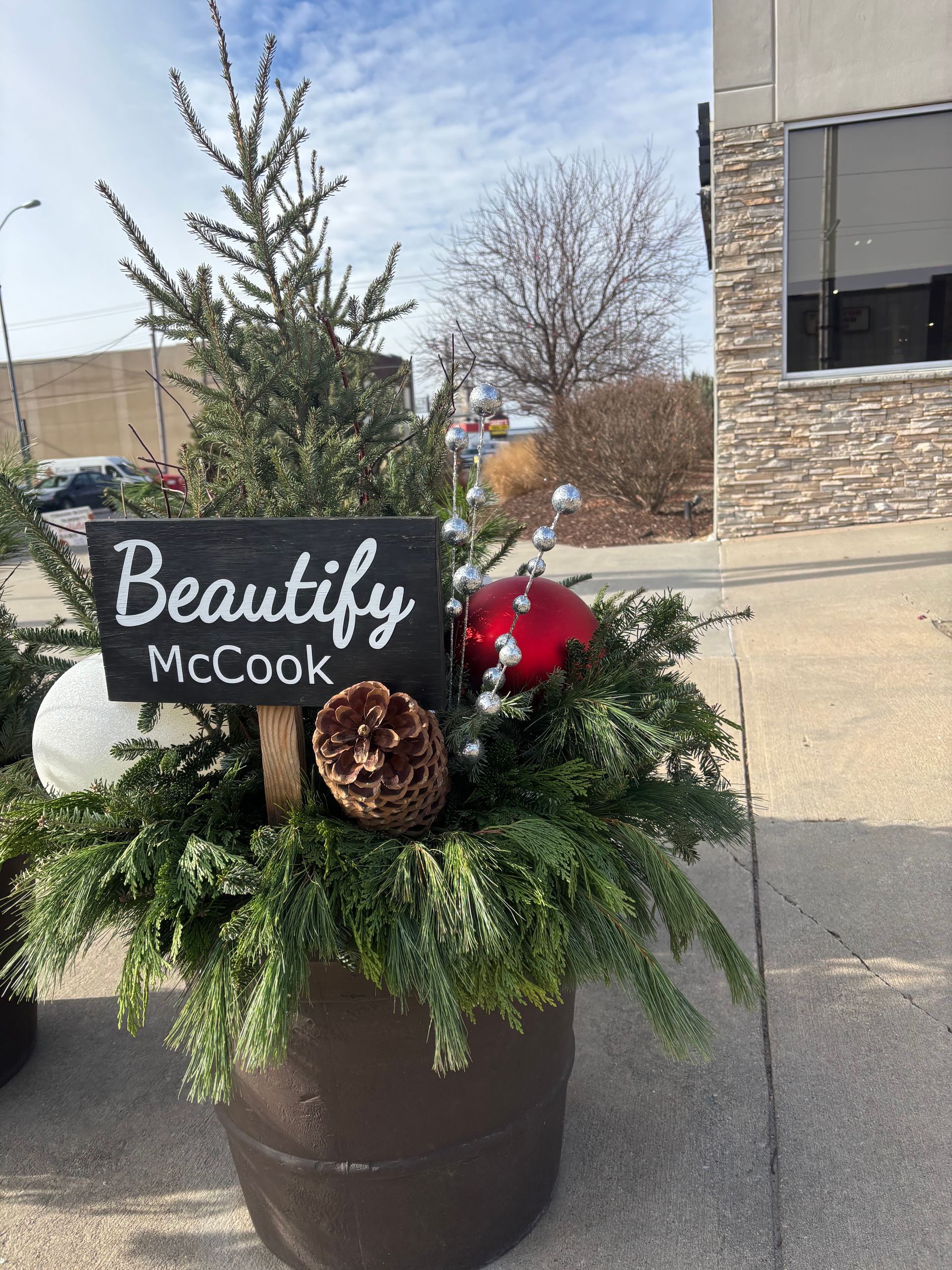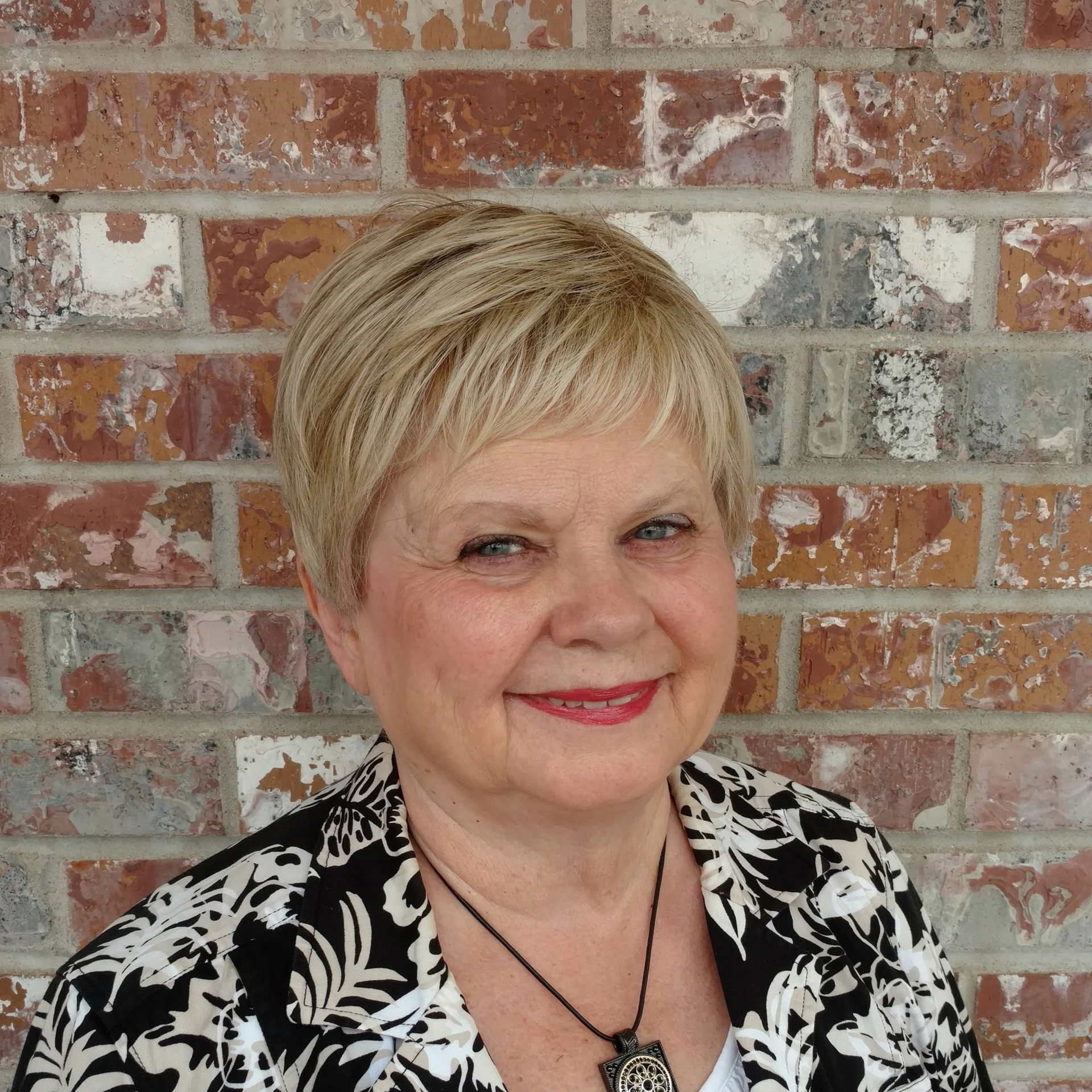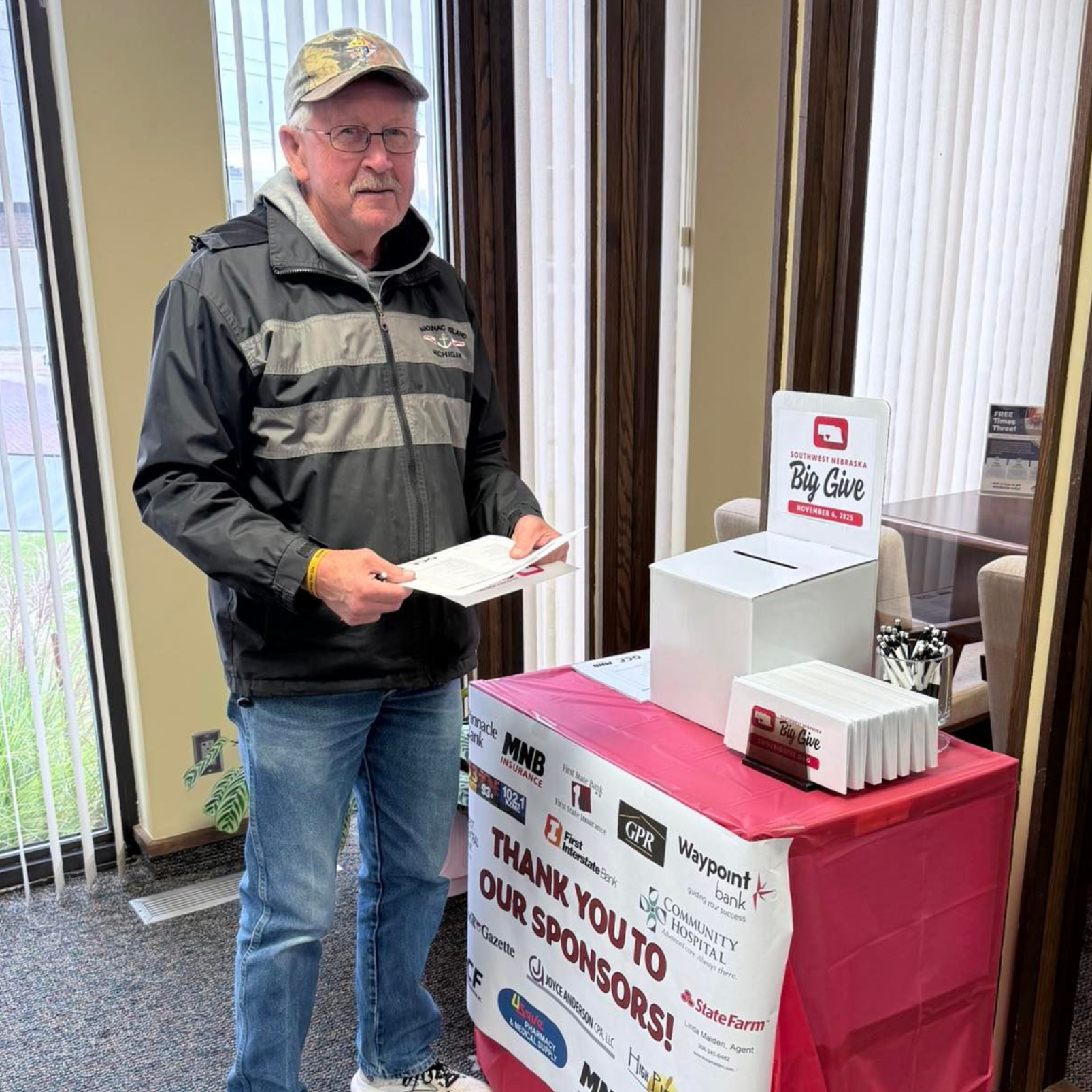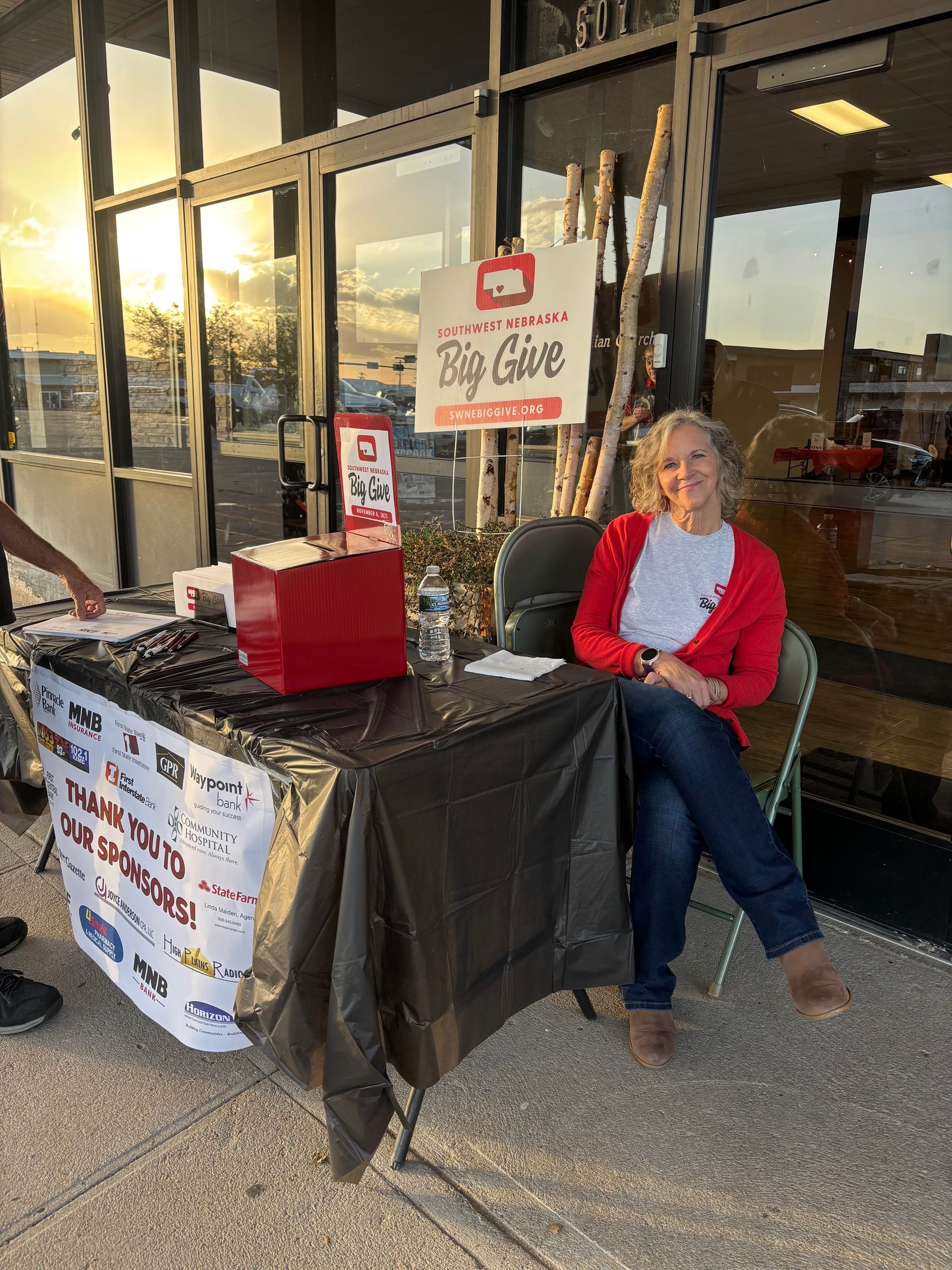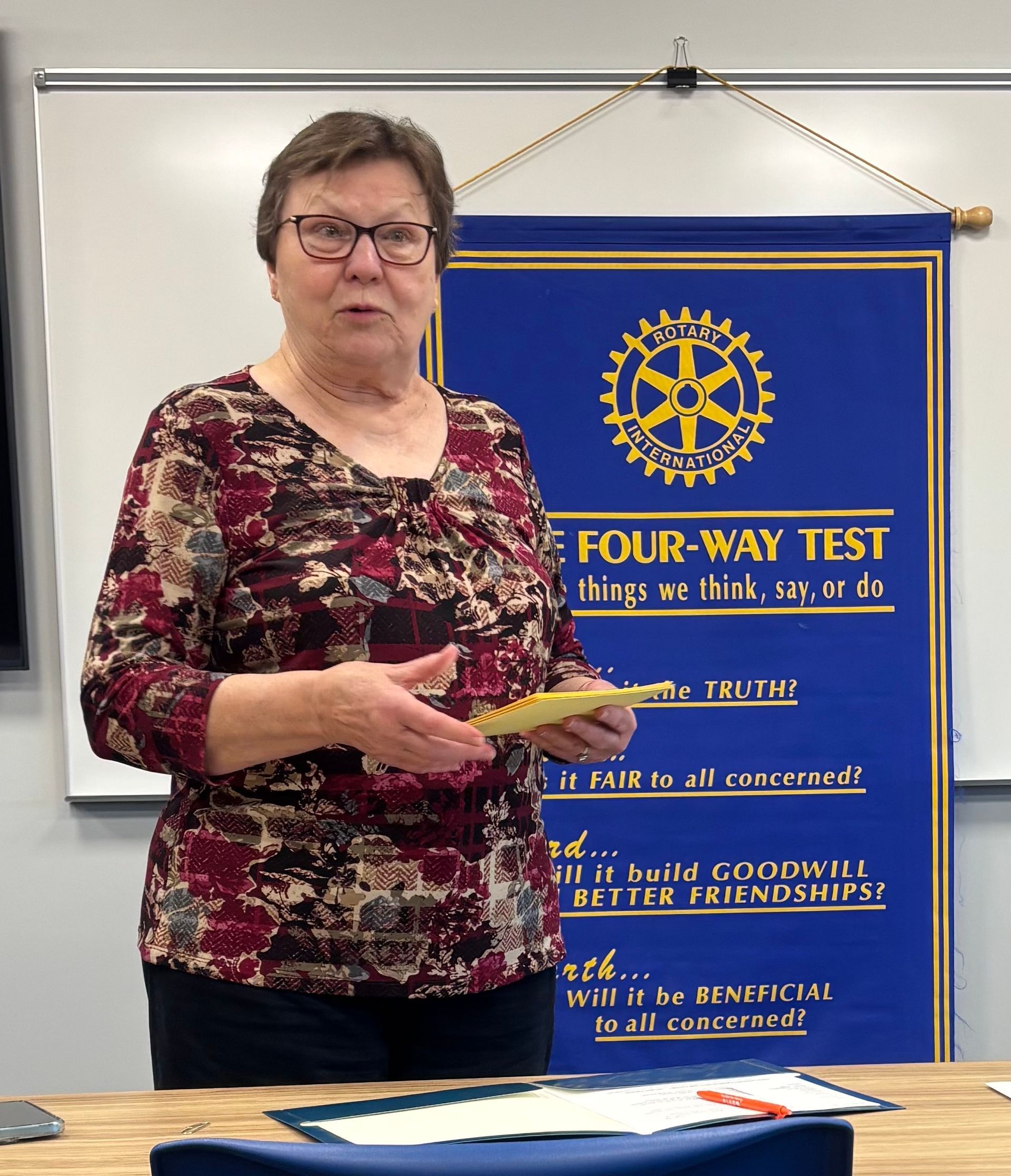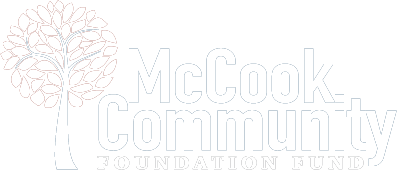By now, the majority of area high schools have resumed and college students are making their way back to campus. For the most part, everyone is starting with a clean slate. No one is behind on homework. Everyone is passing their classes. Some have the highest grades they will have all year.
With my youngest daughter starting high school this week, we talked about staying on top of her homework, not putting the work off until the last minute, and asking her teachers for help so she can get it done and get it done right.
Of course, this came after a summer of nagging and cajoling to get her summer homework done. As my kids work their way through the school system, my husband and I have tried to instill the idea that it is better to get something done sooner rather than later.
Yet, every year the same thing happens. They have required summer reading for their English classes, which entails an essay or report about the books in question. And without fail, the week before school starts, the day before school resumes, heck, even the morning of the first day....they are sitting at their desks, frantically trying to finish their reports.
It is especially worse their junior year of high school - when they have their own dad as a teacher and the debate about the books and the essays happens over the dinner table.
But procrastination isn’t just limited to those returning to school. I have found it to be a life-long habit, a habit that is hard to break. Yet, I am holding out hope that if we can learn the habit of procrastination, we can also learn the habit of getting things done on time - and reduce stress - with just a few changes.
Be first.
Maybe it is volunteering first to host a group where everyone will host at some point. Maybe it is giving a speech first in class. Maybe it is writing an article first for an organization you belong to. When there is an option, there are many reasons to go first.
For starters, expectations are low. You don’t have the worry of going after someone who has knocked it out of the park. You get to set the bar as high - or low - as you want.
But more importantly, it is one less thing weighing on your mind. When you get something done first, it can be a relief, especially knowing others still have to complete the task.
Make your bed.
If you get nothing else done the rest of your day, you have accomplished one thing if you make your bed first thing in the morning. And it sets the tone for the rest of the day, knowing that you have done at least one thing already.
It only took me 20 years, but my husband makes the bed every morning after we are both up. And it is simply soothing to walk into our bedroom to a well-made - mostly - bed.
I’m still in a battle with my kids, who use the argument that I remember saying growing up: Why make your bed when you are just going to mess it up that night? One battle at a time.
Eat the frog.
Finally, one of the best pieces of advice I’ve ever heard is “eat the frog” (and it is a great visual).
To put it bluntly, you should eat the frog before anything else, because it can only get better from there. In other words, if you have something unpleasant or burdensome or something you have simply been putting it off, you should do it first thing in the day because then everything after that is going to be easy or at least relatively better in comparison.
There is even a work-out facility called “Eat the Frog” Gyms, which I thought was brilliant because who really likes to work out. As someone who works out first thing in the morning, I do it because it is one thing I can cross off my to-do list. And while I don’t hate exercise, I do find myself counting down the laps until I can get to my coffee club.
So good luck to all the returning students, teachers and school staff. I hope it is a year filled with success, achievements and getting things done...in a timely manner with - or without- eating a frog.

While many people think volunteering is for older residents, serving your community has no age restrictions. And young people can regularly be found lending a hand or offering their services in their hometown. The November 2025 McCook Volunteer of the Month recognizes one of many young people are working to make their community an even better place to call home: Grady Riemenschneider. Currently a senior at McCook High School, Grady volunteers with a wide variety of organizations and groups. As a four-year member of the McCook Community Foundation Fund’s Youth Change Reaction, Grady serves as the ambassador for the youth group’s “Cars Under Stars,” the outdoor movie theater at the Red Willow County Fairgrounds. At nearly every showing, he can be found operating the projector and setting up the parking lot, as well as passing along his knowledge to the next ambassador. In McCook’s FFA program, Grady has held officer roles the past four years and is currently the chapter vice president, organized the chapter banquet in 2025 and coached for the conduct of chapter meetings. Along with serving as the president of the Driftwood Feeders 4-H Club, he assists with setup, tear down and fundraising for the dog show and helps fellow members train their dogs. Grady steps in to help and lead at local events, including Prairie Plains CASA’s Kick in’ It Up for CASA and the Cajun Broil; the Edward Jones Alzheimer’s Walk; operating sound boards for various groups; and Feed the Farmer. And he has served as a youth leader at McCook Christian Church for elementary youth since approximately 2018 as well as stepping up to ensure the ag program ran smoothly during a teacher’s maternity leave Upon request from his mother about some of Grady’s activities, Sharleen noted that he is the “Chief Household Operations Officer: first responder for Mom’s to-do list, go-to chauffeur and caretaker for his favorite sidekick (a.k.a. his nephew), and the family’s unofficial event planner who somehow keeps everyone together without a clipboard.” The McCook Philanthropy Council recognizes a volunteer every month who is doing good work in McCook and Red Willow County. If there is a volunteer in the community who should be recognized, please contact the McCook Chamber of Commerce at 308-345-3200 or visit McCook Volunteers on the McCook Community Foundation Fund’s website, mccookfoundation.org to complete a nomination form. The only requirement is that the nominee must be a resident of McCook or Red Willow County but please have information about the nominee along with where and how they volunteer in the community. The volunteer honoree is selected monthly by the McCook Philanthropy Council.
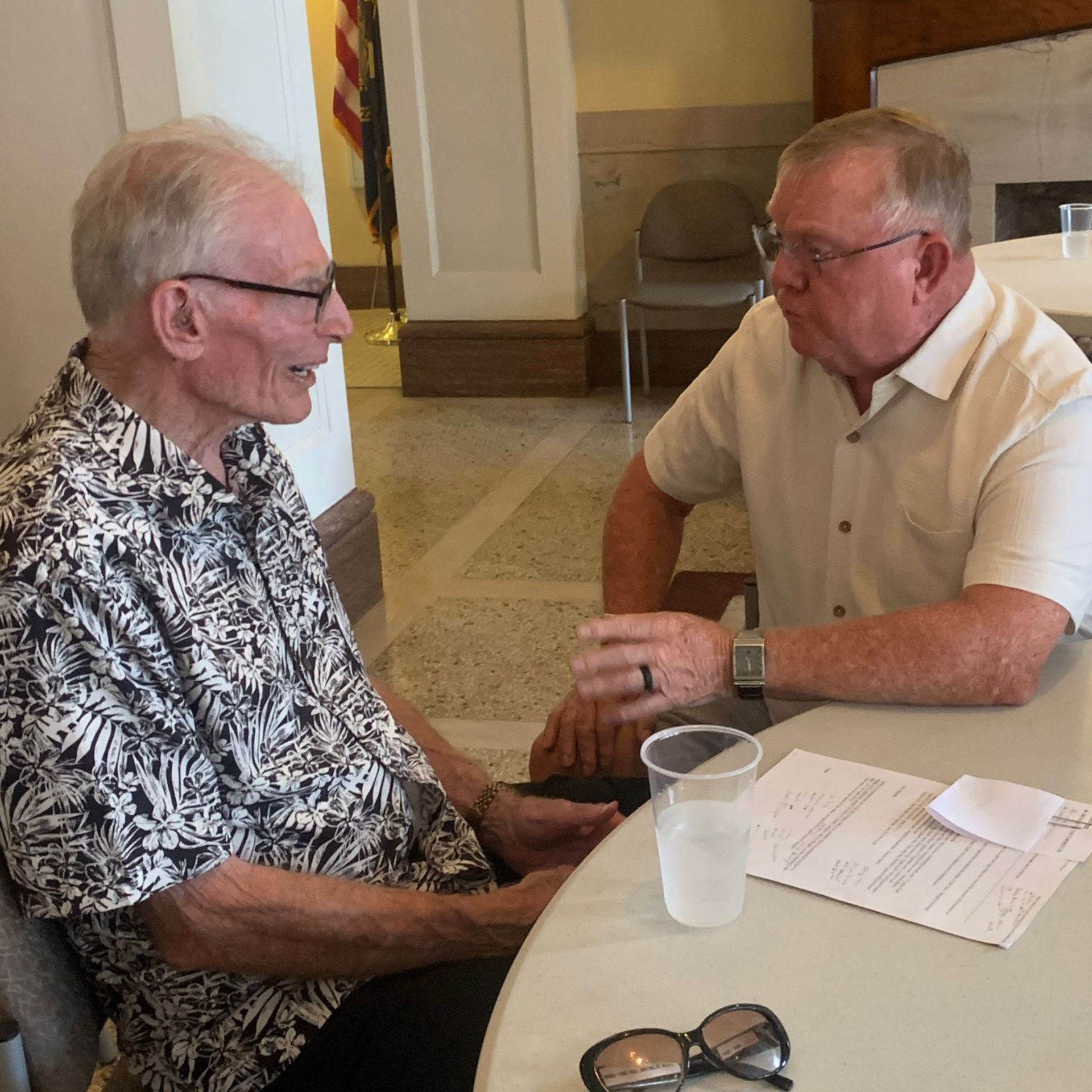
The names of those people who have made a generational impact on McCook and Southwest Nebraska is a long list. Many of them are working day-in, day-out right now to make their mark on the community. And then there are those people who no longer call McCook home but still make an impact long after they are gone. Allen Strunk is one of those people. Allen passed away on Nov. 1 at his home in Las Vegas, Nevada but he never lost the love of his hometown. Born and raised in McCook, Allen was a member of an already well-known family, Harry and Arlene Strunk. The Strunks started and published the McCook Daily Gazette, with the motto, “Service is the rent we pay for the space we occupy in this world.” A saying that was so important that Harry had it etched at the top of his downtown newspaper office on Norris Avenue. That sense of service was passed along to Allen, who continued to serve his community as he took over leadership of the Gazette. I didn’t know Allen personally until he came back for visits years later. Even though my first job upon arriving in McCook was at the McCook Daily Gazette and Allen had turned over the publishing reins to Gene Morris many years prior, the Strunk legacy loomed large. He was instrumental in the building of the then-new YMCA, moving the facility from downtown to its current location next to the McCook High School. He was a key player in the new hospital, again moving from one location to a new expanded space. And McCook Community College benefitted his involvement in an expansion. Those projects continue to impact McCook today. And the support didn’t stop just because Allen retired from the Gazette and left McCook. There are programs the Strunks are involved in that benefit McCook and Southwest Nebraska. The Strunks continue to support Santa Claus Lane, which is overseen by the McCook Chamber of Commerce. And which after a few years of decline is seeing a resurgence of enthusiasm and nostalgia for the decorative holiday pieces lining Norris Avenue. Allen funds the annual McCook Area Outstanding Teacher award, which provides a financial prize to several teachers every year. And Allen recognized the work of the McCook Community Foundation Fund, providing a donation several years ago so that he could see its impact while he was still alive. This has led MCFF to consider how they will recognize and remember Allen for years to come. Because of his belief in service to his community, this could mean more recognition for the countless volunteers who keep our community thriving. It could be a day of community service, to see how many people can come together to make something happen. It could be a celebration for all the great things happening in our community. During Allen’s memorial service this past week in McCook, his step-daughter-in-law read the poem, “The Dash" by Linda Ellis, who published it in 1996. It reflects on the meaning of the dash between the birth and death dates on a tombstone. The dash is a reminder of everything that happens between the moment a person is born and the moment a person dies. The dash emphasizes the importance of how one lives their life during that time. The dash prompts a person to think about living, rather than worrying about dying. Ultimately, the dash is where all the good - and the bad - happens. And Allen Strunk made the most of his “dash,” both in his community and within his family. We can’t all run a newspaper. We likely aren’t going to etch our favorite saying into a building. But we all need to consider how we are paying the “rent for the space we occupy in this world.” And we can all make a difference in our hometowns, whether we currently live in them or even if we haven’t stepped foot on the main street in years.

